The story of mother and daughter, the feeling that is passed on from generation to generation.
How do you deal with that? Dwell on it or be optimistic about the future?
In this work a parallel is made between the powerful nature of the island of Curaçao and the
dynamics between mother and daughter. Both have a difficult history, but at some point it is time
to look to the future.
Her wrap covers her braided curly hair
Her earrings shine as gold as the sun
Her body is as free as the ocean she faces
Her color is as brown as the rocks of the land
Femininity to me means being free in your mind and being free in your body. You wear your hair the way you want. You feel good in every state of your body, and you are not influenced by the opinion of others. I have often had comments from people in my family, or other black people about my appearance and my way of acting.
"Your hair isn't done." "Why are you wearing a headscarf? You are not a slave from the past, are you?" "You're really thin, shouldn't you eat something?" "Why do you go to the gym? Who do you want to lose weight for?" "Don't run after a man, let him do the work." "A woman should always look neat." "As a woman you have to behave like this."
My painting is a reaction to all these comments that made me feel insecure in my development as a young woman. I try to show that the black woman is powerful because she can choose what she does with her hair, body and mind. In the painting, the woman portrayed is on the rocks of Curacao, the place where my roots are, the place where most of those comments come from. She looks out to the Caribbean Sea, where her ancestors made the route from West Africa to the islands of the Caribbean.
The saying history repeats itself is something that haunts me in my dreams. In the past 3-4 years I have seen that many events have been repeated in the present. Family traumas that have never been resolved are now being dug up again and I am being dragged into them. Throughout the time that I grew up at home with my parents and they "taught" me how life worked and how I should behave as a woman to “look good” for other people. (The comments abovementioned are some examples of the way they thought about femininity and womanhood.) The way my parents taught me "how to be a woman” was not how I feel is best for me. I found it hard to explain to them how I disagree with them because we differ from cultural backgrounds in some sense. They grew up in Curacao and migrated to the Netherlands when they were in their 20s. I was born in the Netherlands and got influences from not only Caribbean culture, but many different cultures that I have encountered throughout my life.
Black femininity, Meliange Comenencia, 2021
“La Grande Odalisque, by Jean-Auguste-Dominique Ingres, 1814, oil on canvas. The treatment of the anatomy of this odalisque (harem woman), an erotic subject, is less academic than Ingres might have liked to believe. In fact, she has much in common with the smooth elongated bodies created by artist, such as Parmigianino's: Madonna with the Long Neck.” (Benton, Janetta Rebold, and Robert DiYanni, 2002).
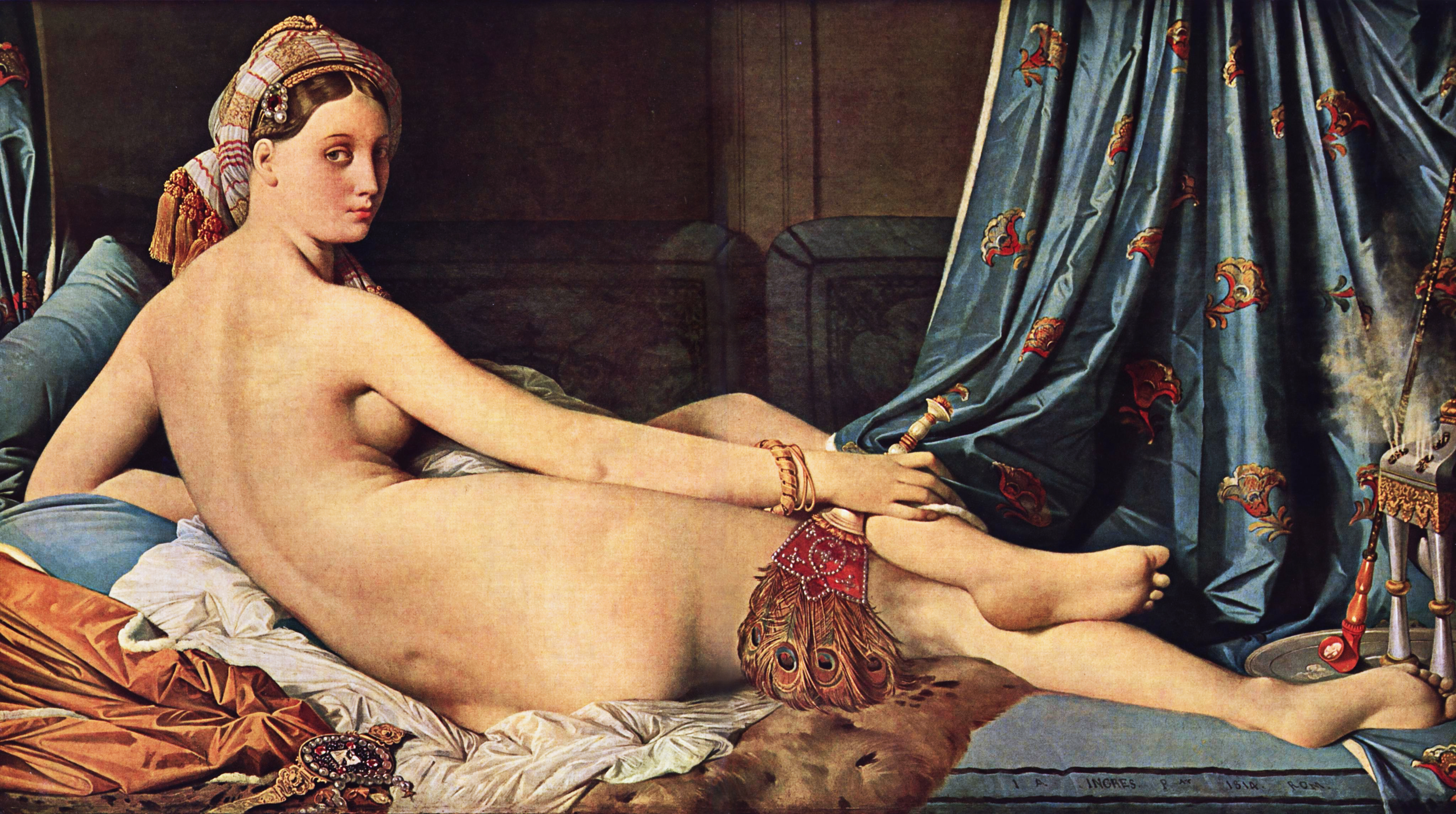
This iconic painting shows a nude woman who is supposed to be a slave or servant coming from a place that was not part of the Western society/ Europe, so it was acceptable to showcase a woman in a sexual matter because she was not part of the dominant white culture. We know of the naked woman in the arts only in the context of mythology with gods and goddesses or in a sexual manner commissioned for private use. Some examples of well-known nudes are representations of: Aphrodite, the Sleeping Venus, and appear in many paintings by Rubens (1577 -1640). Each painting shows the woman, naked, white and glorified.
Now I have made Ingres' painting with my own twist to it. The woman is no longer an odalisque. She is not a slave, and she is not seen as an “exotic” woman. My version of the painting revolves around black femininity as I experienced it during my development into a woman.
CLICK HERE TO SEE VIDEOS OF THE PROCESS ON INSTAGRAM
--->
research - thoughts - references - visuals- links
this letter is a stepping stone for my practice project and the thesis that I wrote for my education at the Erasmus University about black female artists in the Netherlands and how they use their artistic practice as a tool of resistance.
Scroll down to read more about the implementation of the theoretical concepts within my work.
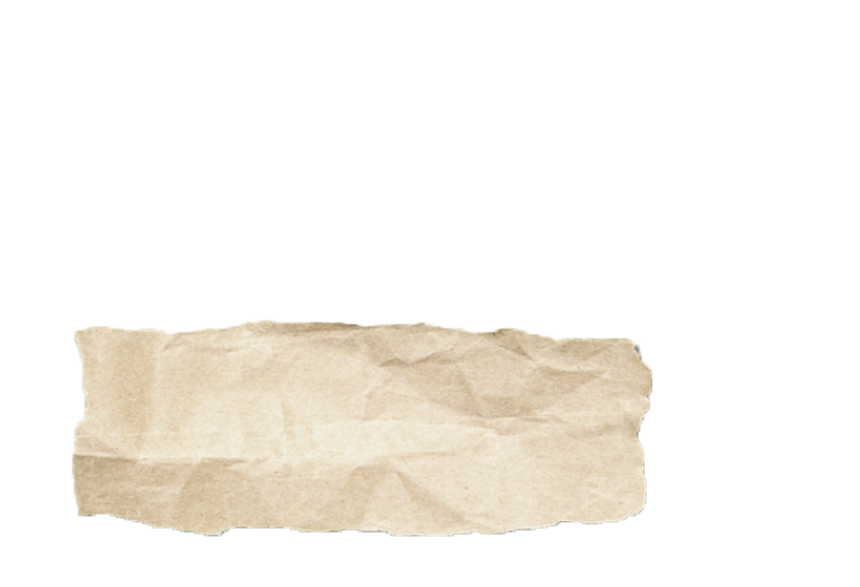
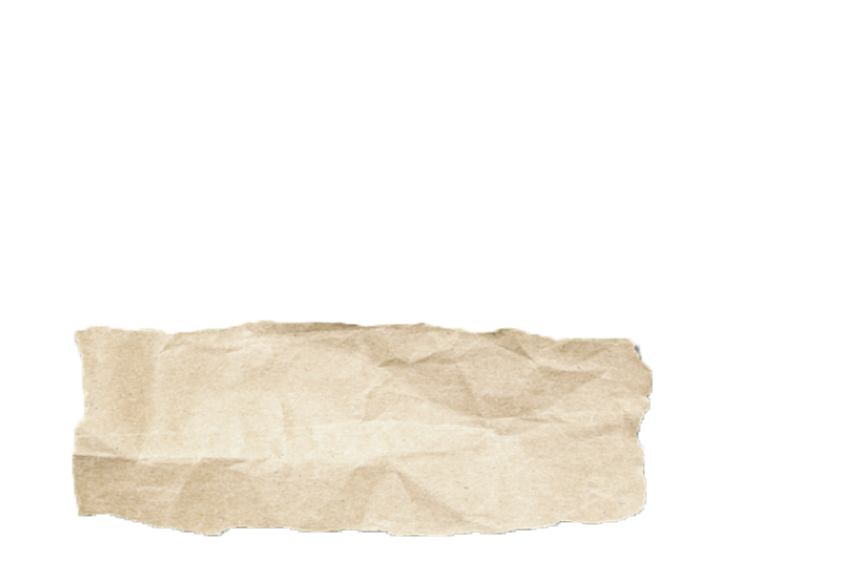
With the minor assignment in mind and the research I did, I also came up with findings that inspired me to continue building on it. One of the findings is about the decolonization of points of view that I have received from my upbringing. As mentioned before, my parents, and in this case my mother, have an idea of how a woman should behave that stems from the ideals her mother taught her. What is very important in my current work is understanding and respecting the previous generations, but at the same time taking into account the mental health of myself and the generations that follow.
I am standing up against, patriarchal narratives, colonialist ideals and limiting belief systems that were maintained within my family.
Island of Healing is a reminder to me and my audience to be reflective towards your own (mental) being, respectful to yourself and your history and to find ways to heal and create a positive future for yourself and the next generations to come.
Process minor 2021-2022 Cultural Diversity
RESEARCH QUESTION THESIS:
-----How did contemporary black female artists in the Netherlands in 2020-2022 use their artistic practice as a tool of resistance?
As stated previously, 2020 has been a period in time that has shifted my personal life and artistic practice into a more conscious and self healing matter. Island of Healing in particular is my manifestation of resistance. I resist by using my voice to heal the self and others who recognize my story and feelings. Healing through a reflective poem/ performance with fashion design.
When I conducted the qualitative research through interviews with black female artists in the Netherlands, I came across several ways they use their artistic practices as tools of resistance:
1. by embracing vulnerability
- connecting with sensitive side of audience - interactivity - sharing personal stories - creating spaces for audience and self to feel safe - reasserting one's humanity - prioritizing the black experience - creating safe spaces for and by black people
2. by being an instrument of change for the next generation
- creating alternative scenarios - thinking about the next generation - being a mentor for new (younger) artists
3.by having a sense of responsibility
- As Toni Morrison (1931-2019) stated: “Artists are uniquely placed to confront and expose the political and social purpose of racial bigotry, together with its devastating effects on the lives of human beings – to ‘focus on the names… not only the number’” (Hagan, 2022).
- agency on topics - to not be dependent on institutions, commissions, promotion - empathetic approach - embodied knowlegde - self-awareness - mental health - distancing from topics that trigger traumas and creating a healthy relationship with those topics
4.collaboration
- finding your own (black) collaborators - working with allies - holding white institutions accountable - working with likeminded artists and creators
5. positioning
- disinterestedness - disengage with structural racism creating a conscious, non-conforming (to the Dutch art world's standards) individualized attitude
(read full thesis for more detail)
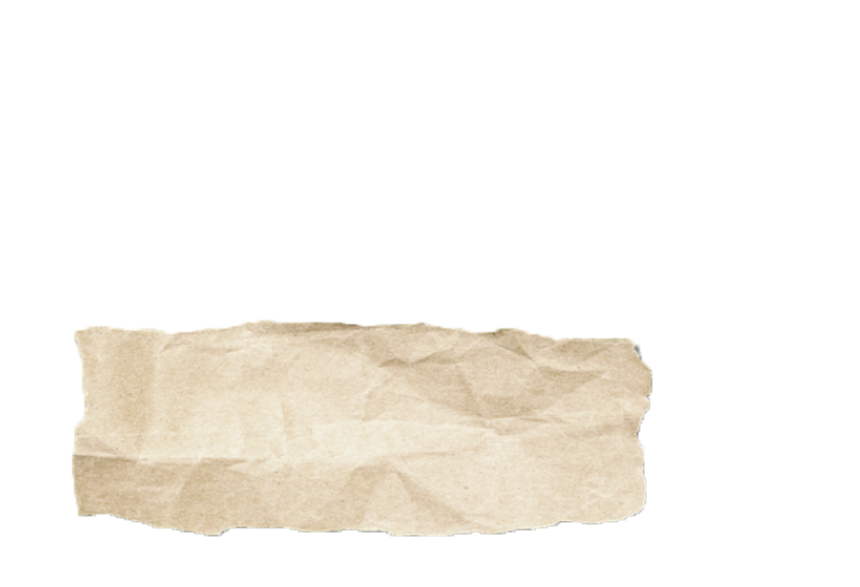
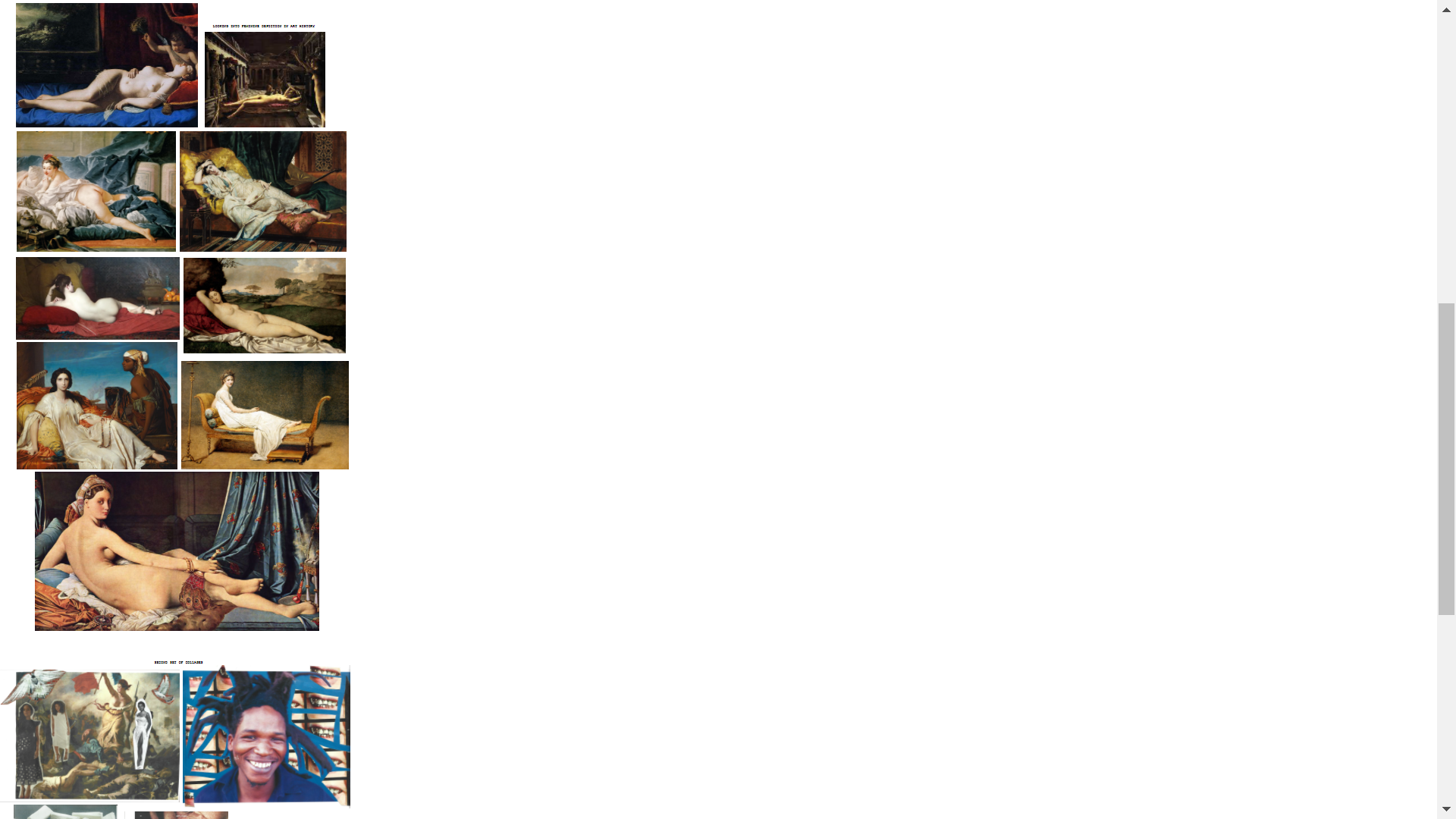
***Derived from theory discussed in my thesis***
- art acknowledges the pains and traumas of black people and makes room for optimistic thinking and healing (Johnson, 2016)
- Using art to disrupt social unrest, and to have a critical stance on the social and political environment (Frizzel, 2019).
- where the work of black female artists works towards shattering Eurocentric stereotypes, racist and patriarchal narratives, which, as legacies of the colonial and enslaving past, continue to wound the social and psychic lives of non-white people. (de Oliveira,2020)
- disinterestedness (Rogers (2021) One can distance themselves from the Eurocentric stereotypes, racist and patriarchal narratives as described by de Oliveira (2020) and react to it by creating artistic work that comes from a decolonial approach.
- Or one can completely disassociate themselves from these issues and create and tell narratives that might be completely unrelated to social and political topics.

"Rogers’ (2021) take on affective resistance introduces a mechanism that is meant to highlight a new and better, less exclusionary way of resistance."
takes on art as resistance
visual concept - fashion design
Island of Healing is a fictional place based on the island of Curacao where my roots are. People of Curacao are proud and wear their flag and its colors proudly. Though this is a beautiful way we showcase our independence and culture, this flag, created by Martin den Dulk, also perpetuates patriotic and masculinalized ideals. As he mentions: "Patriotism is not only being proud of your country, but also making sure that you provide for your country in order for it to progress." This idea inspired me to create a flag that is symbolic of my experience with my mom, from a feminine side. Whilst also prioritizing the healing elements of the island Curacao. The water and the rock is what keeps me and my mom in a healthy balance. Those two elements are reflected in the flag: blue and brown, daughter and mother, the past and the future... hand in hand.
Next to my own experience with my mother, this book has been an inspiration for me as well. This book allowed me to fantasize about the visual and metaphorical aspects in my practical project. The book describes sea creatures and speaks about ways how the water affects the creatures mental and physical conditions. Scroll down to read and see how I incorporated this story in my work.
opting to resist ...the white gaze - patriarchy - anti blackness - anti feminism - generational traumas - colonial ideals - racial and sexist stereotypes...
Design Choices
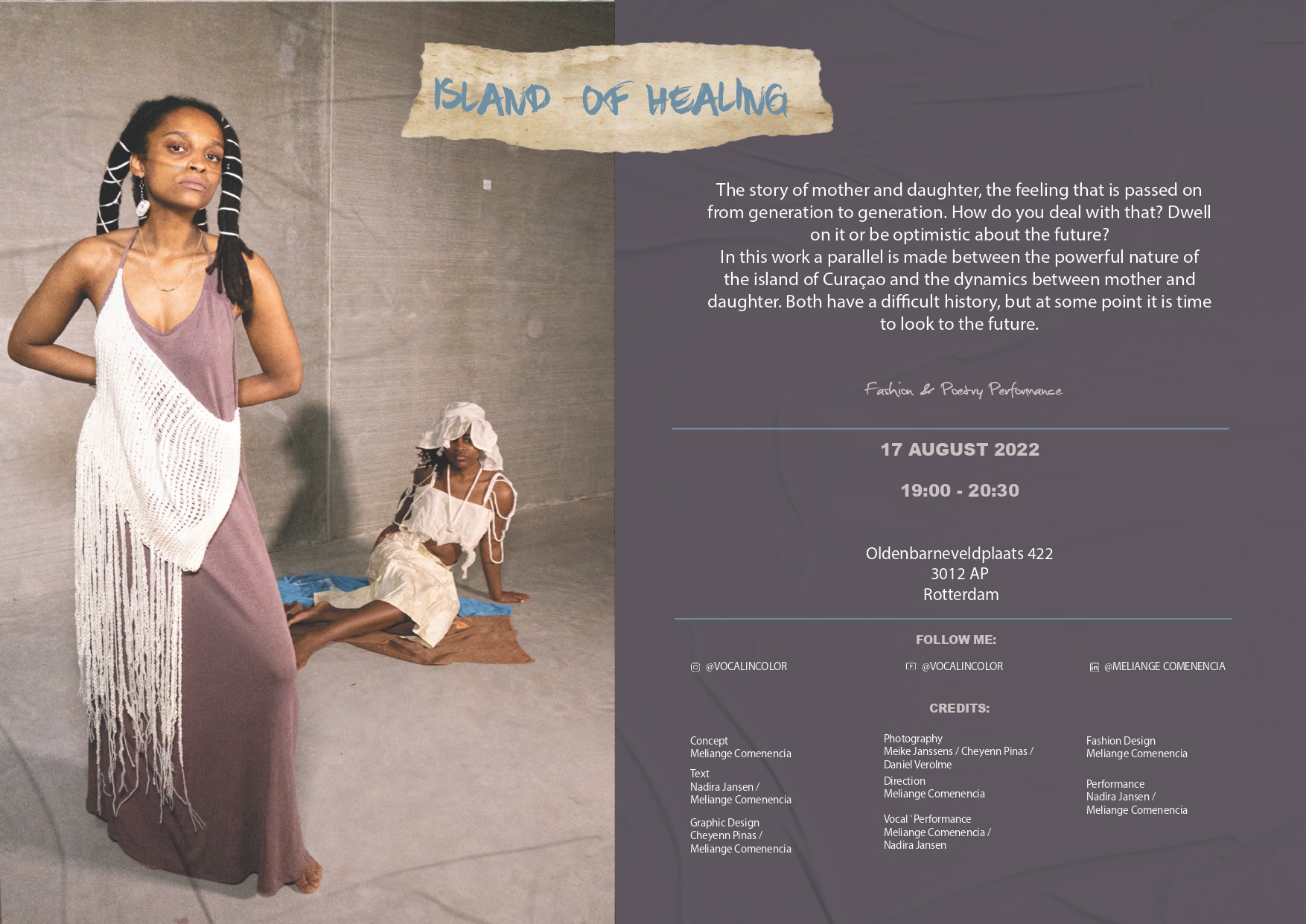

Initially this work came about because I am in the middle of the process of healing with my mother. Thus this project was dedicated to myself and her.
This work also speaks to the people who have had similar experiences with their parent. Throughout conversations I have had when I was younger with my good friends, family member and other people of color, I understood that I was not the only one dealing with generational trauma and figuring out how to deal with this in your life.
That is why I invite these friends, family members and other people of color to the Island of Healing on the 17th of August.*
This location is chosen because this is a place where predominantly (young) black and poc fashion designer work together and have their own working space. When I visited this place for the first time a couple of months ago to see my friend's new studio space, I was welcomed very kindly and spoke to the owner about his plans and vision about black people in fashion.
So, not only is the environment black owned and a safe and kind space for black creatives, it is also a space for fashion to flourish within the black community and that is something that I wanted to associate and collaborate with. We have also made some plans for future collaboration for me to have a presentation about my artistic practice.
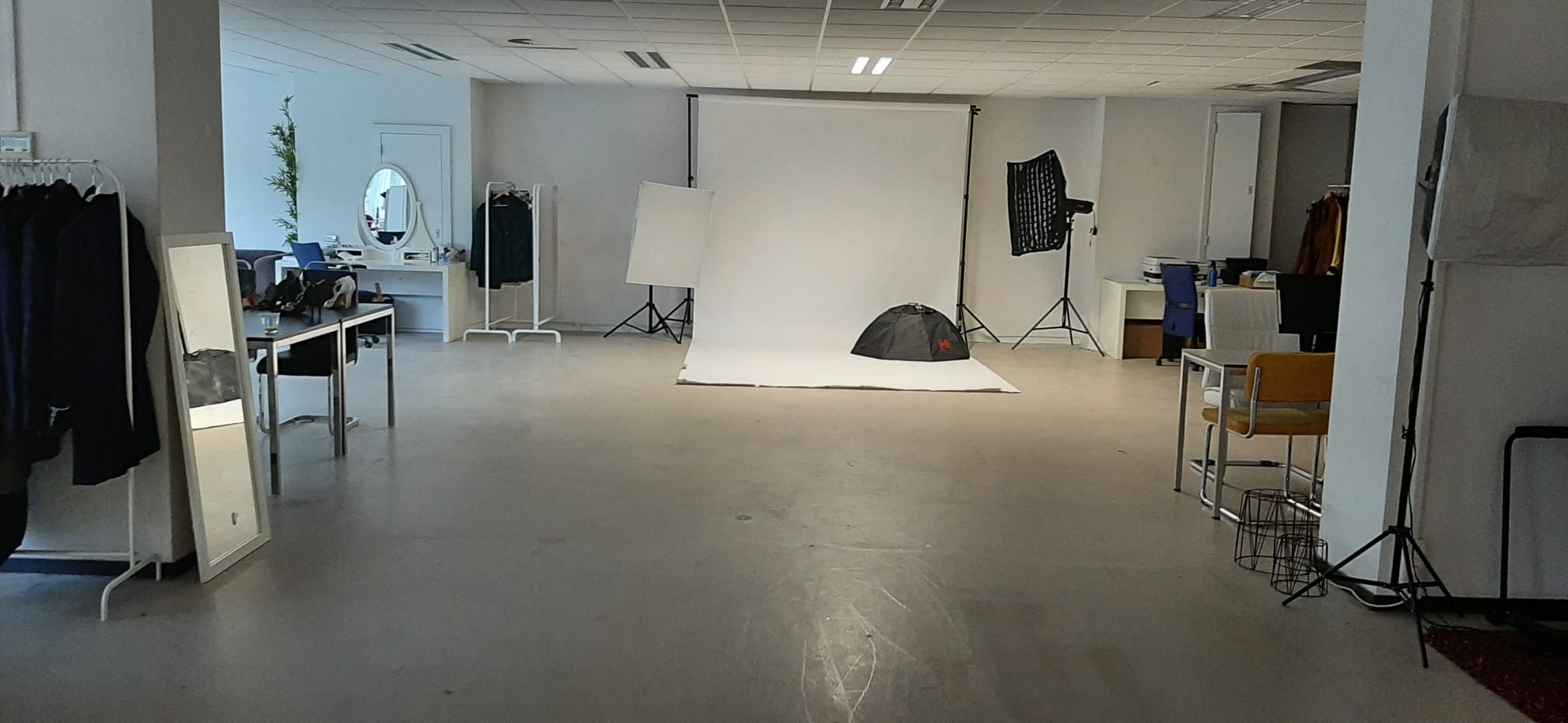
corner of the space for the performance on the 17th of August
17th of August - Dia di Tula - Dia di lucha pa Libertat (Day of Tula - Day to strive for Freedom)
My performance is held on an important date for the people of Curacao. This is the day Tula (a slave on Curacao) revolted against his oppressor. He is a hero for our people and on this day we remember his importance and celebrate our freedom. We share the story of Tula and showcase how he was not a bad guy (like the Dutch portrays him to be).
In the context of the Island of Healing performed on this date, it symbolizes the empowerment of our people. That empowerment lies within and that this is something that is in our blood.
We shoud not be ashamed of our ability to resist. We are proud to resist in ways that fit us.
The Island of Healing allows you to heal on your own terms. Being reflective, respectful and empathetic.
When the performance is finished, there is a moment to reflect and speak with each about one's definition of healing. This will be documented and can be viewed through film and photography after the 17th of August.
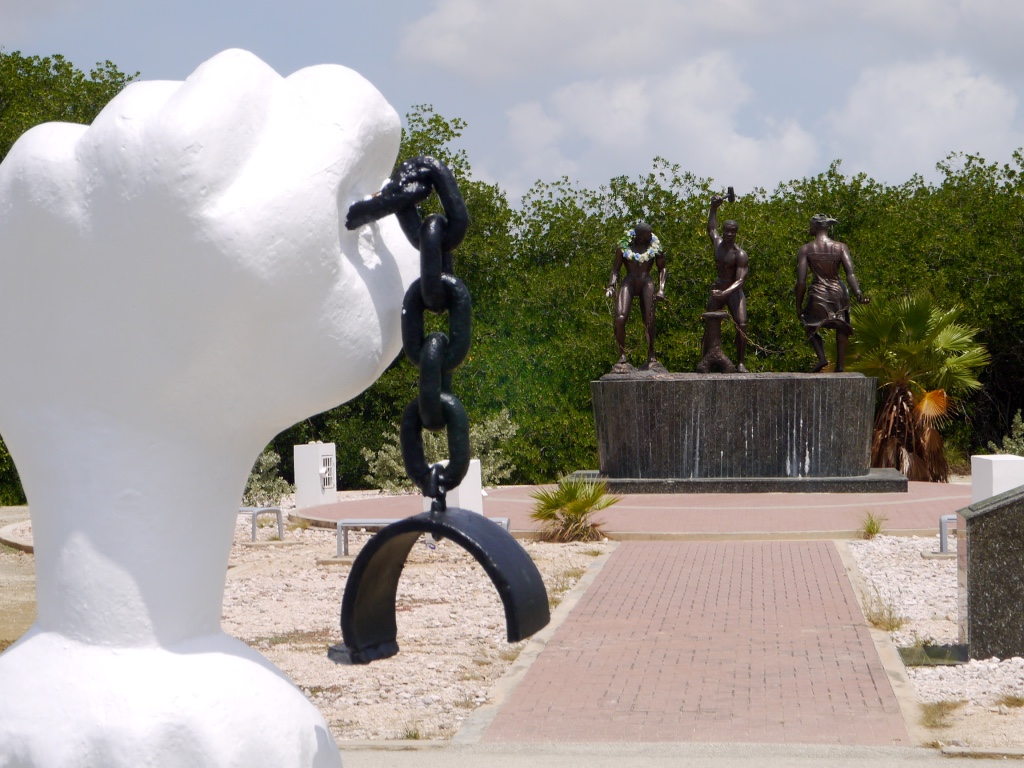

collective video made with my fashion design classmates in collaboration with Depot Boijmans Van Beuningen
Trailer poem: "And her daughter too" starts at 01:40
coming soon
I used a second hand dress as the base for this silhouette. On top I created a crochet piece. Earring is a stone from the beach in Curacao.
The skirt was owned by my mother but she could not fit it so she gave it to me. I bleached it and torn the pockets. The rest of the outfit is made from unbleached cotton and a stone from the beach from Curacao.
research
check out the full event here.....